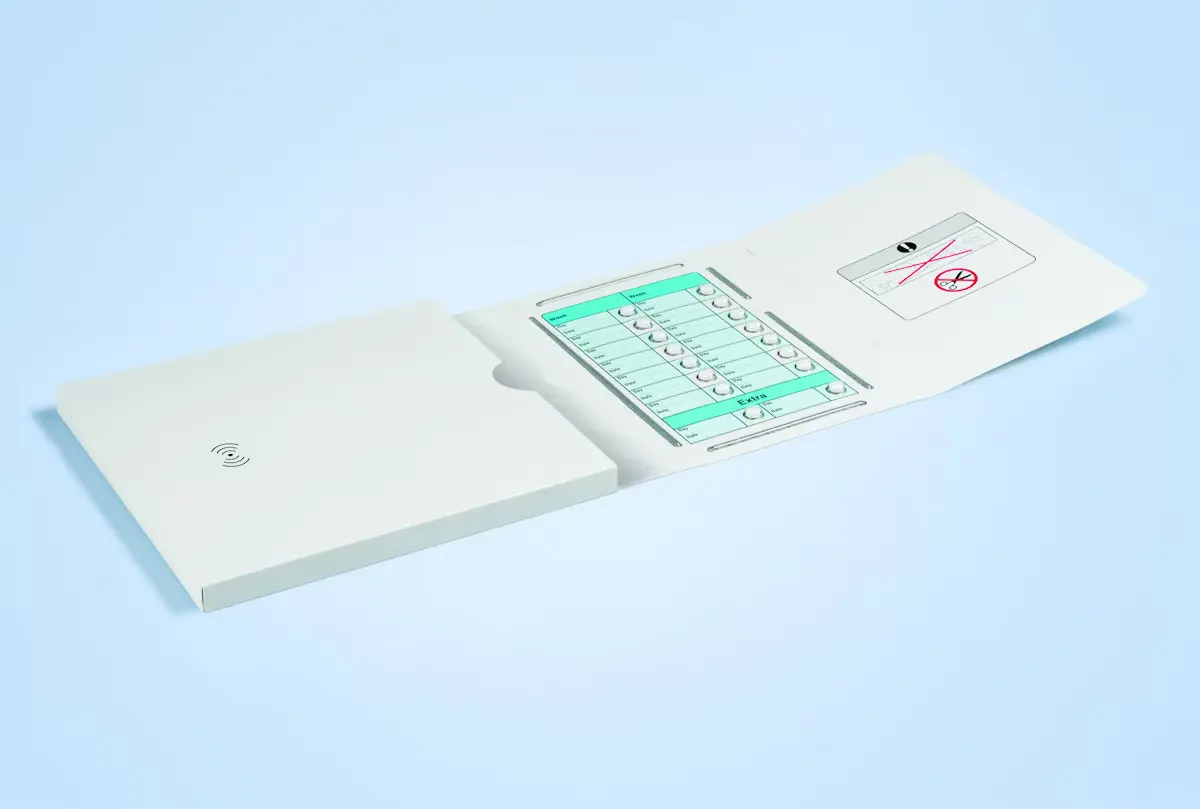Clinical trial labeling is a crucial component of the drug development process, ensuring that investigational products are correctly identified, properly handled, and administered safely to participants. Labels contain essential information required for regulatory compliance, patient safety, and logistical efficiency. Given the complexity of global clinical trials, proper labeling practices help mitigate risks and enhance trial integrity. Here’s what you need to know about clinical trial labeling.
1. Regulatory Compliance and Guidelines
Clinical trial labeling must adhere to strict guidelines established by regulatory authorities such as the FDA, EMA, and other health agencies worldwide. These guidelines specify the required information on labels, including product name, dosage, storage conditions, batch numbers, and expiry dates. Non-compliance with labeling regulations can lead to delays, fines, or even trial suspension. Staying updated on evolving regulatory requirements is essential for smooth clinical trial operations.
2. Essential Information on Clinical Trial Labels
A well-designed clinical trial label typically includes the following:
- Protocol number and trial reference information
- Unique identification number for tracking
- Dosage and administration instructions
- Expiry date and storage conditions
- Warnings and handling instructions
- Blinding and randomization details (if applicable)
- Multilingual instructions for international trials
Ensuring that all required information is clearly presented helps reduce errors and improves participant safety.
3. Blinding and Randomization Considerations
For double-blind and placebo-controlled trials, clinical trial labeling plays a key role in maintaining blinding integrity. Labels must be designed in a way that prevents patients and investigators from identifying whether the drug is active or a placebo. Randomized numbering systems and uniform packaging help ensure that bias is minimized during the trial.
4. Multilingual Labeling for Global Trials
With the rise of multinational clinical trials, multilingual labeling has become essential. Regulatory agencies in different countries often require labels in their native languages to ensure patient comprehension. Accurate translations and country-specific adaptations are critical to avoid misinterpretation. Using standardized templates and automated translation tools can streamline the multilingual labeling process while maintaining compliance.
5. Tamper-Evident and Security Features
To ensure drug integrity and prevent counterfeiting, clinical trial labeling often incorporates tamper-evident features such as security seals, holograms, and barcodes. These features help track the movement of investigational products across supply chains and ensure that they reach the intended recipients without unauthorized modifications.
6. Temperature and Storage Condition Indicators
Many investigational drugs, especially biologics, require strict temperature control. Clinical trial labels should clearly indicate storage requirements such as refrigeration or protection from light. Advanced labeling solutions, including temperature-sensitive indicators and smart labels with real-time tracking capabilities, help monitor storage conditions throughout the supply chain.
7. Technology and Smart Labeling Solutions
Technological advancements have transformed clinical trial labeling, making processes more efficient and secure. Smart labels, including RFID tags and QR codes, allow for real-time tracking and instant access to critical trial information. These digital solutions enhance traceability, reduce errors, and support regulatory audits by maintaining a comprehensive record of product movement and usage.
8. Challenges in Clinical Trial Labeling
Some common challenges in clinical trial labeling include:
- Compliance with varying international regulations
- Managing multiple languages in labeling
- Ensuring label readability under different environmental conditions
- Adapting labels for emergency use or protocol changes
- Avoiding delays due to misprinted or missing labels
Addressing these challenges through standardized procedures, automated systems, and rigorous quality control ensures smooth trial operations.
9. Sustainability in Clinical Trial Labeling
With increasing focus on environmental responsibility, sustainable labeling solutions are gaining attention. Using recyclable label materials, minimizing excess packaging, and implementing digital documentation help reduce waste. Sustainable practices not only benefit the environment but also contribute to cost savings and corporate social responsibility initiatives.
10. Best Practices for Clinical Trial Labeling
To optimize clinical trial labeling, consider the following best practices:
- Stay updated on global regulatory requirements
- Use high-quality, durable label materials
- Implement automated label printing systems to reduce errors
- Ensure clear and legible text, even under extreme conditions
- Incorporate smart technology for enhanced traceability
- Plan for contingency labeling in case of trial modifications
Conclusion
Clinical trial labeling is a vital aspect of trial management, impacting compliance, safety, and efficiency. Properly designed and regulated labels ensure that investigational products reach patients accurately and securely. As clinical trials continue to evolve, integrating smart technology and sustainable practices into labeling will enhance reliability and effectiveness. Adopting best practices in clinical trial labeling helps streamline operations and contributes to the successful development of new therapies.
